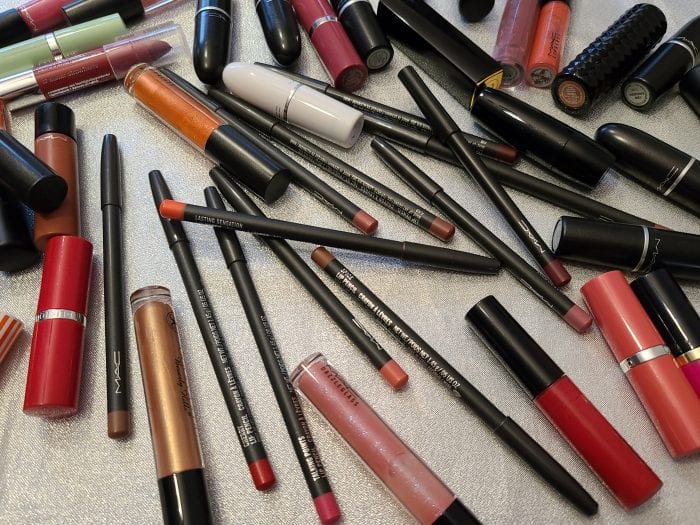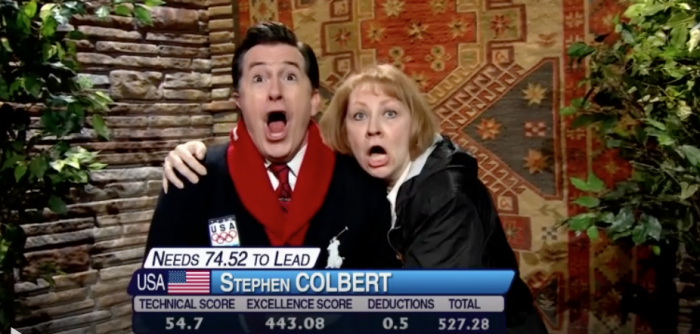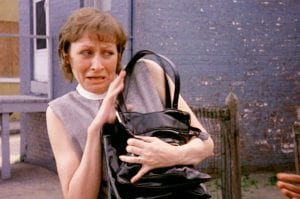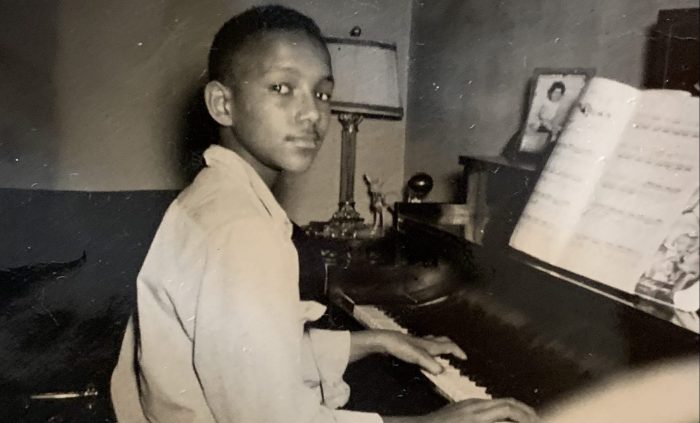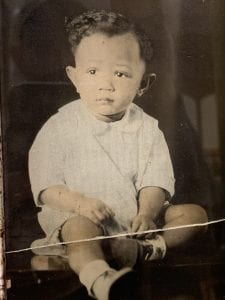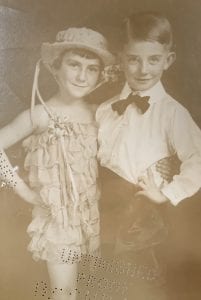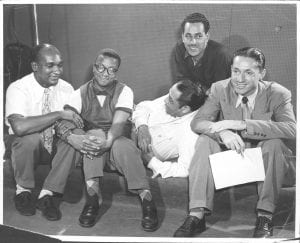Recently I was in New Jersey with my former college roommates.
We had been Zooming and planning to get together for months. The yearbook came out and we laughed over it. We tried a yoga pose to alleviate back pain, discussed the kids and uses of turmeric.
We moved to the subject of CBD oil, and dispensaries, when “Sheila” handed us each a small, light weight, paper package.
The next day, retelling this to my 22-year-old, she surmised that, as early 80s college grads, the package likely contained something illicit.
The envelope, however, contained compressed laundry detergent sheets.
I was cautiously impressed. My roomie-tribe had vowed decades prior to reject plastic packing when possible.
The envelope label read in part, “eco-friendly, cruelty-free” and “biodegradable anionic and non-anionic surfactants.”
To this point I had used powder detergent. I buy the cardboard boxes locally and they do nicely in the outdoor fire pit when empty.
Once home, I gave my 20-year-old Kenmore a whirl. The sheets worked well in both cold and hot washes.
My kid said they are easy to use. The thin 6 by 10-inch, lightweight envelope takes up minuscule space in the cabinet and the perforated sheets will do 60 loads.
I foresee fewer shopping trips for me, fewer transport ships and trucks and a reduction in carbon emissions.
The efficiency in cold water is especially important, I think. Globally, cold water is what humans have greatest access to.
E.B. White once wrote, “I arise in the morning torn between a desire to save the world and a desire to savor the world. This makes it hard to plan the day.”
I suffer the same affliction. When shopping, my first thought, after “How many carbs?” is, “How big a carbon footprint?” Thus, I began deeper research. I was curious about the manufacturing process of the emerging hydrate-at-home cleaners if I am to use them.
As a Long Islander I am not always convinced that dirt is worse than harsh chemicals. Dirt and I are not so different.
Nutrients for humans come from food directly or indirectly through plants grown in soil. If a cleaner breaks down dirt, it breaks me down on some level as well, no?
What I found is, although all forms of laundry detergent manufacturers have, in response to consumers, removed most phosphates, other substances known to pollute the environment remain.
With regard to packaging, most people I know are putting plastic into the recycle bin.
A quick survey of friends in Brookhaven who use liquid detergent, revealed that half had purchased plastic laundry jugs stamped with an HDPE ‘2’ symbol.
The other half either found no recycle number stamped on the plastic at all, which I found alarming, or, the symbol was high. Not in a good way.
In either case, these cannot be recycled in Brookhaven. I found one of my own shampoo bottles cannot be recycled.
Although I have found vegan laundry sheets, cleaning action and chemical ingredients seem equal.
The choice then for me, is either heavy thermal energy use at the front-end drying process for sheets or on the back end with disposal and transport of plastic jugs.
After discussion with the family, we are abandoning boxes of powder for laundry sheets. I will throw the envelope in the chiminea when it is empty.
On a personal level, my goal will be to do fewer loads of laundry and wash my hair less often. You’ll likely find me in dirty jeans and a bandanna covering my hair — flashback to senior year.
Joan Nickeson is an active member of the PJS/Terryville community and community liaison to the PJS/T Chamber of Commerce.





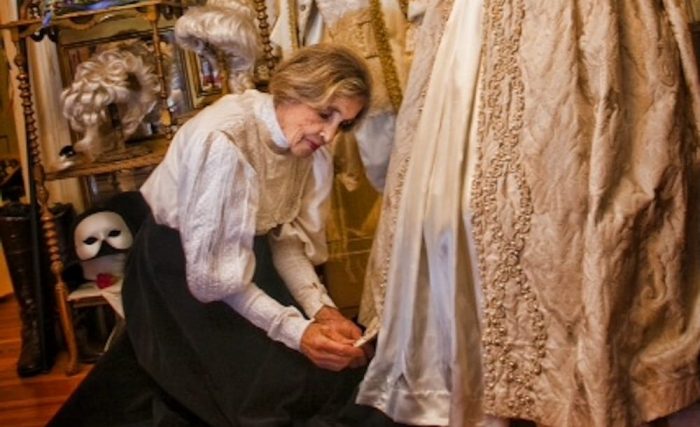
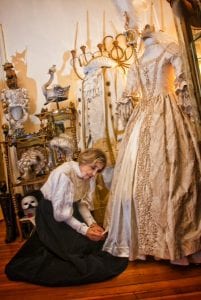
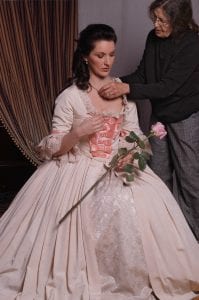 Nan left an incredible impact on so many, but to me, she was an unlikely friend and unforgettable mentor and confidant. Despite an age difference of some 60 years, our lives were wonderfully intertwined. We first met when she costumed me at just 10 years old as a Dickensian pickpocket for the Village of Port Jefferson’s annual Charles Dickens Festival. By chance, her son and his family had bought my childhood home which brought both of us great joy.
Nan left an incredible impact on so many, but to me, she was an unlikely friend and unforgettable mentor and confidant. Despite an age difference of some 60 years, our lives were wonderfully intertwined. We first met when she costumed me at just 10 years old as a Dickensian pickpocket for the Village of Port Jefferson’s annual Charles Dickens Festival. By chance, her son and his family had bought my childhood home which brought both of us great joy.

